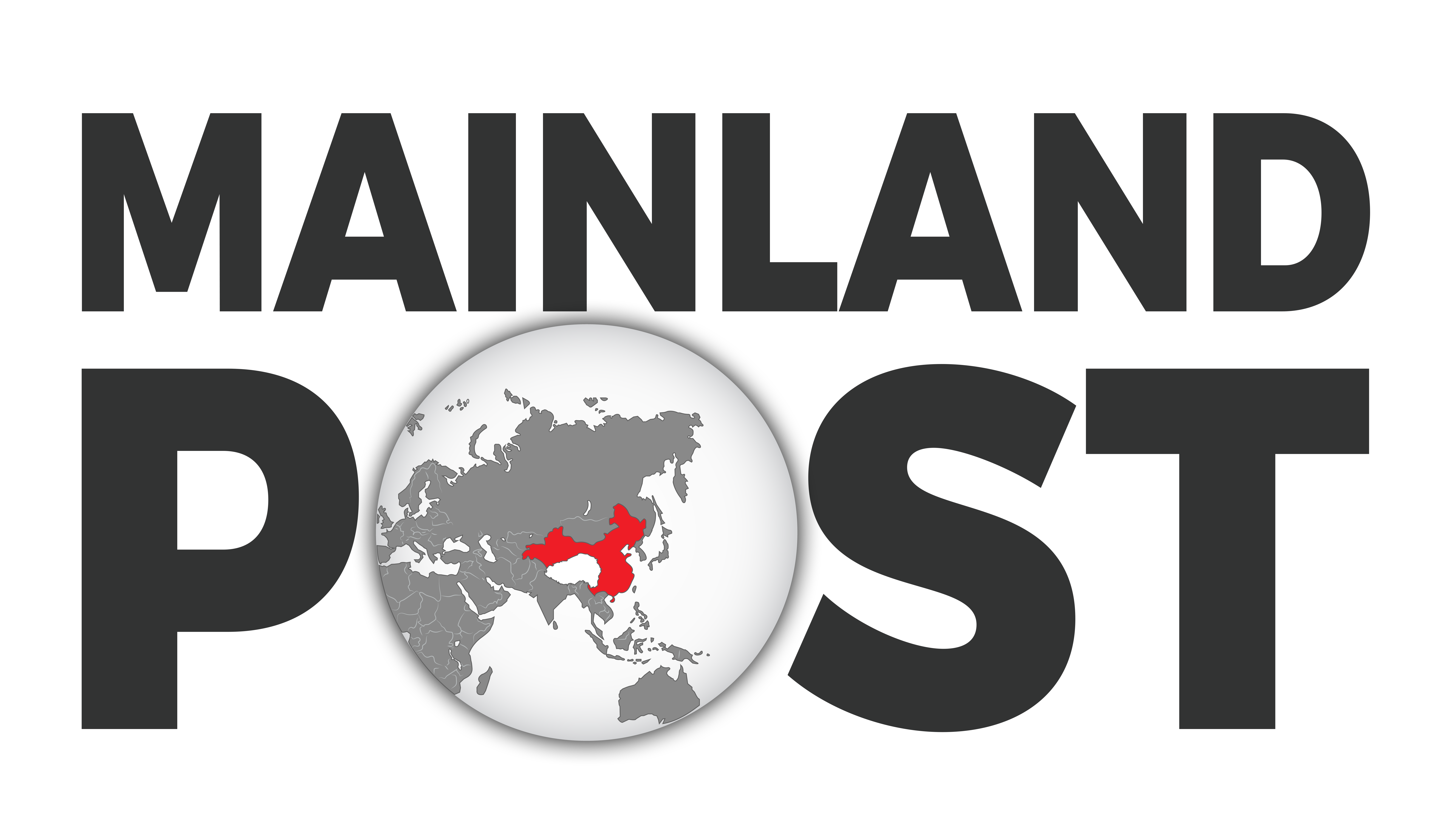Since the Chinese occupation of Tibet in 1959, the CCP has continuously engaged in a consistent effort over 60 years to replace Tibetan culture with a state-prescribed and controlled version of a Sinicised Tibetan culture that reflects the ideological, political and economic objectives of the Chinese Communist Party.
Maos propaganda of early 1950’s
The Chinese government started claiming sovereignty over Tibet in 1949, a remote and mountainous region that has been home to a distinct culture and people for centuries. Since the invasion of Tibet in 1959, China has maintained a heavy military presence in Tibet to suppress Tibetan identity and culture.
One of the most troubling aspects of China’s treatment of Tibetans is the use of forced labor and internment camps. Reports indicate that Tibetans are subjected to forced political re-education. In addition, there are credible reports of large-scale internment camps in Tibet where Tibetans are detained and subjected to torture and other forms of extreme abuse.
Another major concern is the ongoing destruction of Tibetan culture and religion. China has implemented policies aimed at aggressively eradicating Tibetan language and culture, including the destruction of monasteries and other cultural sites. Tibetan religious leaders and activists have also been targeted by the Chinese government, with many in imprisonment or have disappeared forcibly.
There are also grave concerns associated with the collection of DNA samples from Tibetans. The CCP has been collecting DNA samples from Tibetans, including minors, without their informed consent. Some Tibetans have reported being forced to give their DNA samples during routine health checks, while others have been pressured into providing samples through various means.
One of the main concerns is that the CCP could use DNA data to monitor and control Tibetan populations. This is particularly worrying given the Chinese government’s track record of using technology for surveillance and repression, including the use of facial recognition technology and other forms of biometric data.
The Chinese Communist Party has also been designing and implementing policies that have resulted in the displacement of thousands of Tibetan nomads from their traditional lands. These policies include the forced relocation of nomads into permanent settlements and the fencing of large areas of grasslands, which has restricted the nomads’ movement and their ability to graze their livestock.
The CCP has claimed that these policies are necessary for environmental protection and poverty alleviation, but many Tibetans and human rights organisations argue that they are part of a broader strategy to assert control over Tibetan lands and undermine Tibetan culture and identity.
The displacement of nomads has also made significant environmental and social impacts, as the fencing and overgrazing of grasslands have led to degradation of the ecosystem and reduced access to traditional resources and livelihoods for Tibetan nomads.
In recent years, there have been growing allegations of genocide in Tibet including forced sterilisation, torture, and targeting of Tibetan children for indoctrination.
Despite the growing evidence of human rights abuses in Tibet, the CCP has continued to deny any wrongdoing. The CCP has accused critics of spreading false information and has gone to great lengths to suppress dissent, including the use of surveillance technology and the restriction of the Internet.
As the world becomes more aware of the situation in Tibet, there is growing pressure on the international community to take action. Governments and human rights organisations around the world have called on China to respect the rights of Tibetans and to allow greater freedom and autonomy for the region.
The situation in Tibet remains a complex and deeply troubling issue. China is doing anything and everything in its capacity and capability to uproot the unique Tibetan culture, language, and way of life of the Tibetans and design and implement a genocidical Sinicization of Tibet.
